Our lives are driven by purpose. The ability to make a difference and to explore are just a few of the reasons the human endeavor continues to burn at its very core. If you believe this, you have much in common with scuba divers.
Many parts of our world remain undiscovered. Our species tends to congregate within our own support networks and live "on the grid". That untouched experience is oftentimes more rare when one submerges into the great blue. The scuba diver that seeks new reef systems, wrecks and more will discover a world rarely seen by others. In some cases, a diver can submerge into a local area never seen by members of their species! It is that exploration and purpose that drives the sport of scuba diving.
With so much to explore, it is not a surprise to see divers continuing their experience and education to reach new depths and conduct fresh activities all over the world. Lakes, quarries, mines, rivers, oceans are among the collection of places to swim anew or continue to enjoy for years.
There are some other great benefits of becoming a scuba diver. Here are reasons we hear often from our community! Enjoy!
1. Quiet place. In today's bustling world, we find social/familial commitments, traffic from vehicles, work requirements and much more eroding our peace. Many divers find the underwater realm cathartic and purifying. As ocean life drifts along the diver's view and the sounds of slow breathing from the regulator persist, we find calm. Our body relaxes and we realize that we are part of something greater than us. Something greater than that crazy world above.
2. Weightlessness. As a human ages, they find joint pains and muscle soreness from the persistent pull of the earth's gravity on the body. For some divers, they experience an almost instant relief from those little pangs when they enter the world of scuba diving. With proper buoyancy control, a scuba diver suspends virtually weightless within the water column. This floating sensation gives many divers an excellent relief! Obviously, no diver should dive with a legitimate injury as it can be exasperated by the act. However, we find that all divers enjoy that feeling of weightlessness when they achieve it.
3. Activities. The scuba world isn't just throwing on a bunch of gear and getting wet. Exploring the world's largest lead mind in Bonne Terre, Missouri; seeing a tiger shark for the first time in the Bahamas; looking at the beautiful kelp forests of Southern California; the list is endless when it comes to experiencing the underwater realm. Whether you want to swiftly drift along currents, see a cenote in Mexico or check out missile silos in Texas; there's an activity for every diver! We are only limited by our training, experience and ability to travel. Any active diver will proudly talk about their last dive trip, whether that was the SS Thistlegorm in Egypt or in a quarry in Illinois. The activities become almost endless when it comes to the scuba world.
4. Education. You learn so much as a scuba diver. A majority of divers understand basic concepts of the environment, physics, physiology and theoretical dive planning. Knowing how the body acts under the sea becomes a base knowledge requirement for certification. Though we have little sayings like "Never hold your breath", they are all tied to physiological reasoning. A majority of divers understand this concept and are quick to tell you the reasons why you would do or not do something. For those seeking out further education, we find dive agencies offering a myriad of courses designed to whet the appetite of the educationally minded individual. Want to learn underwater photography? Explore a World War 2 wreck? Try on a drysuit? The educational opportunities are endless as well!
5. You're now cool. If you're looking for a way to be better than you already are, scuba diving might be for you! You'll get questions like; "How much oxygen do you have?" You'll experience compliments like, "Wow! That wetsuit looks really nice on you!" - more importantly, you'll join approximately 3.2 million other humans on earth who've taken the plunge. Donning the equipment, seeing exciting things underwater, visualizing the crew members working on a ship of the past as you swim through the hallways in the present are among the coolest things to do. As you share your videos, photos and tell the tall stories that come with your adventurous lifestyle, there will be no doubt that you hold the title for the coolest person in the room.
6. History lessons. Many divers love to see wreck dives. Learning the history of the vessel and how it sunk become standalone history lessons for a diver. In Southern California, there's a wreck known as the UB88, it is a World War I era German submarine and the only known 'enemy' ship to reach the California coastline. Today, rebreather divers and technical divers will don their equipment and explore the boat as the conning tower still stands erect in 200' of seawater. Other wrecks throughout the world tell a story. Whether they wrecked in the middle of the night along a sandbar in North Carolina or were intentionally sunk by a captive German crew in World War I in Scapa Flow, Scotland; each wreck gives the diver a history lesson that extends far from the pages of a book.
7. Social. Though this list isn't in any kind of popularity order, it is well known that the scuba community is like a family in many respects. The social aspects of scuba diving are anchored to the common experiences from a dive. As divers return from their exploration, they share stories and compare the things they accomplished on their dive. One group may have seen a beautiful ray while the other enjoyed seeing the sea lions frolic in front of their cameras. For those divers who regularly dive together, they forge a unique bond that expands trust and communication. In many cases, these shared experiences build upon lifelong friendships. It isn't rare to see a group of divers spend many years together and travel throughout the world exploring the oceans.
Regardless of your reasoning, it can be firmly stated that there are some great benefits to becoming a scuba diver. If you are looking for a sport that can provide you an entirely new world of discovery, you might find that enjoyment in scuba diving for education, training or experiences, our dive world will provide! Or maybe you just need a new social scene! Whatever your interest, you may want to look into becoming a scuba diver!
About the author:

D.J. Mansfield is a PADI Course Director who dives Southern California and has done so for 23 years. He is currently the Director of Operations for Beach Cities Scuba and is a committed ocean steward and trainer for divers all over the world.
Follow him on Instagram @djmansfield7or contact him at dj@beachcitiescuba.com.




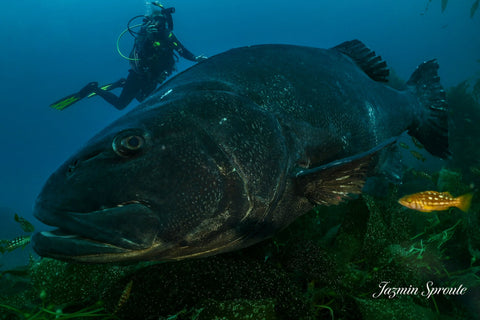
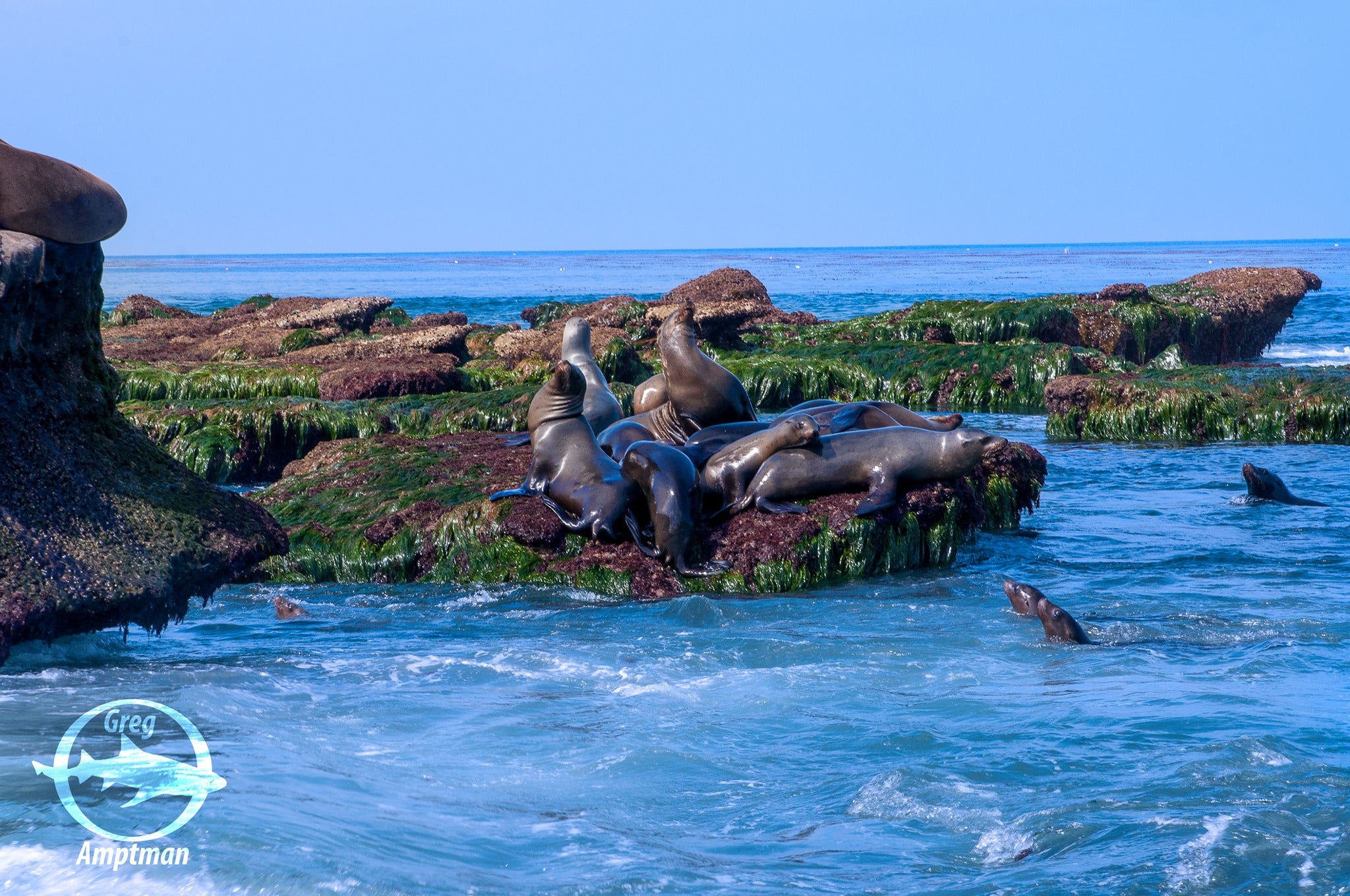
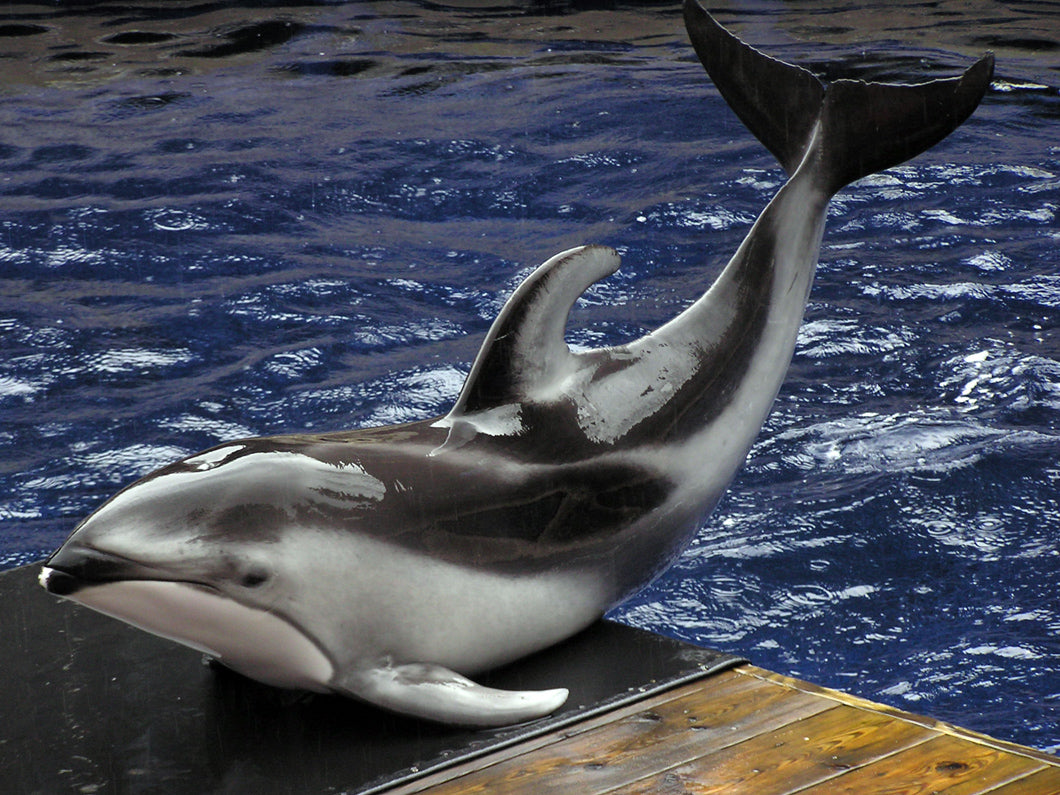





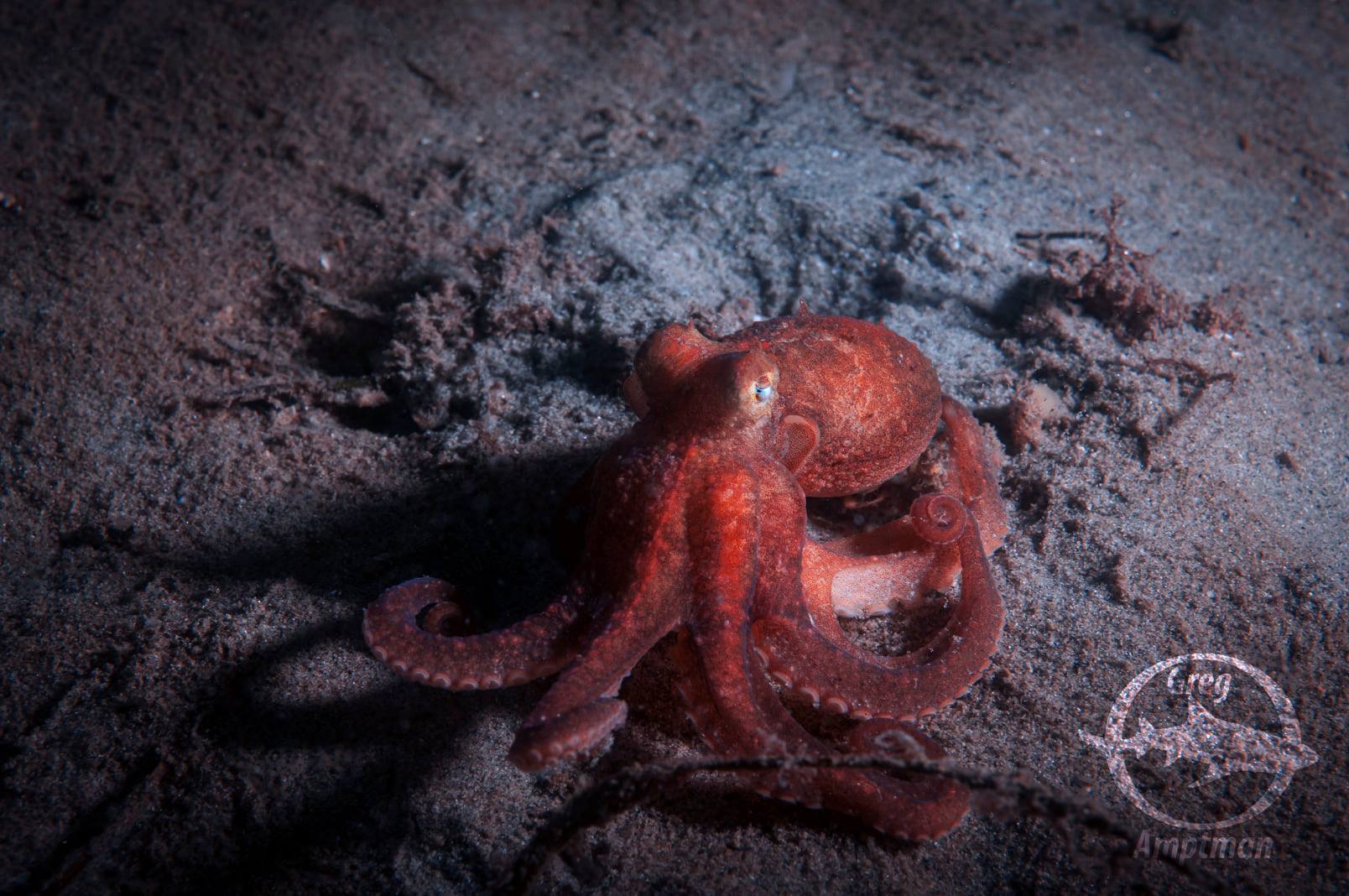
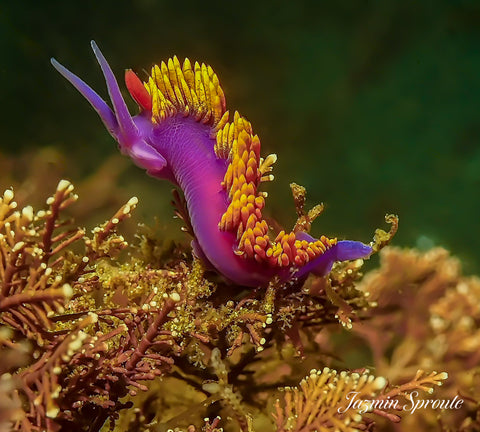




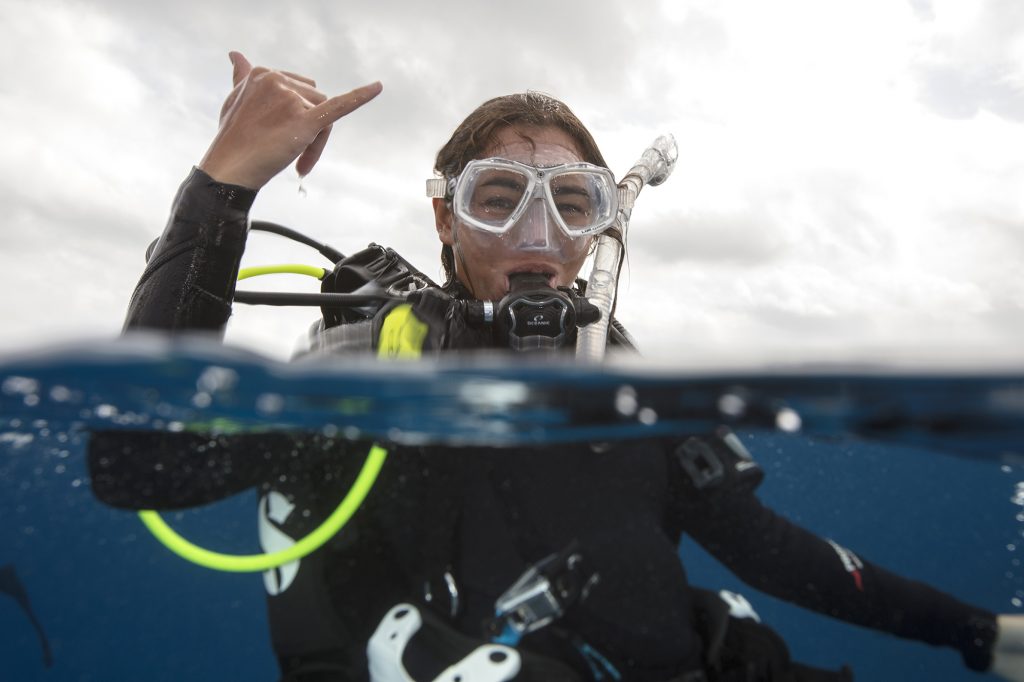
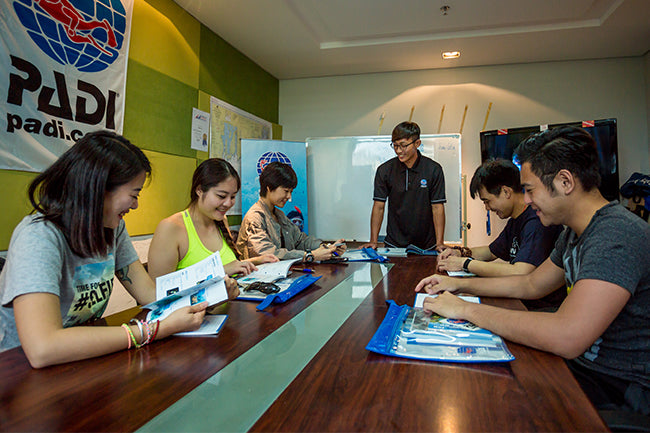















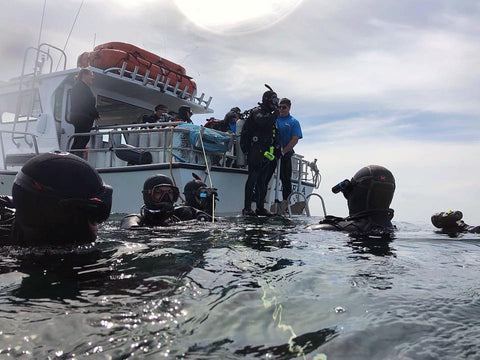 Divers preparing to descend on the ACE wreck.
Divers preparing to descend on the ACE wreck.


